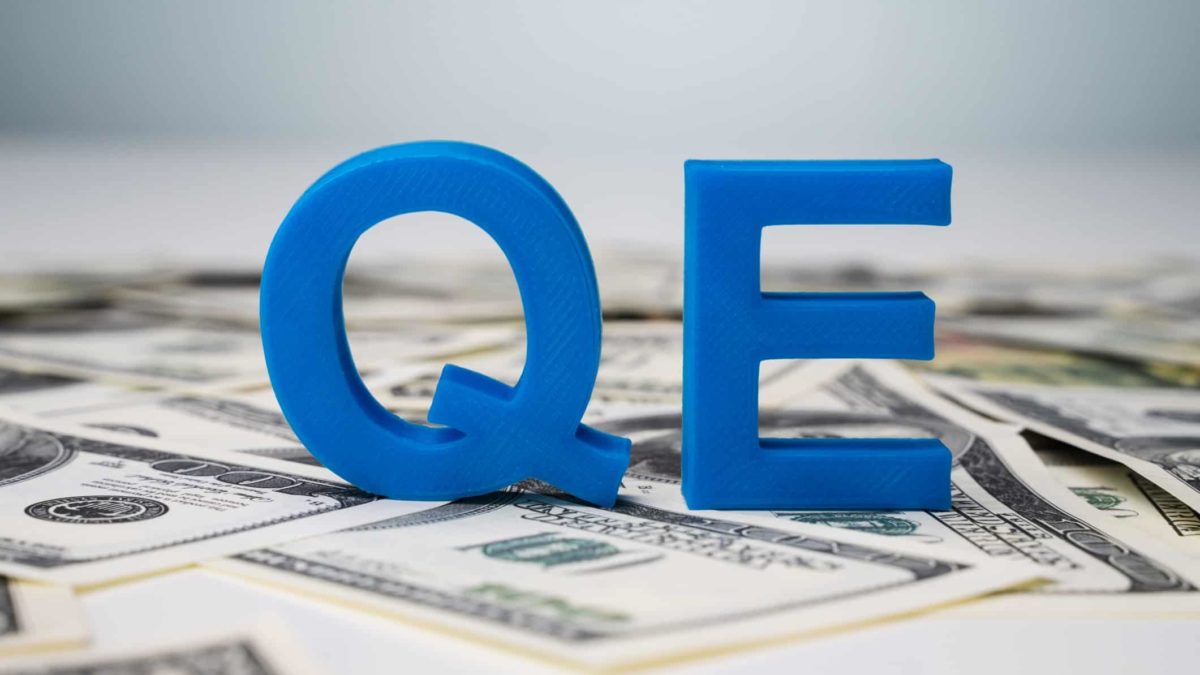Yesterday, we heard from the Reserve Bank of Australia (RBA) after its monthly meeting concluded for November. Most headlines discussed how the RBA lowered interest rates to yet another record low of 0.1%, down from the previous level of 0.25%. This will have many ramifications, some of which we discussed yesterday.
However, the RBA made another very important announcement that I think is worthy of discussion today. In addition to the cash rate cut, the RBA also announced that it would be undertaking a massive government bond-buying program, which some are calling Quantitative Easing (QE). QE is a new policy in Australia, but not around the world. In fact, the United States Federal Reserve has initiated several rounds of QE over the past decade, starting in the immediate aftermath of the global financial crisis. QE involves the central bank buying massive amounts of government bonds. This has the effect of lowering borrowing costs throughout the economy, which in turn is supposed to spur and encourage economic growth as a result.
Until now, Australia has avoided QE, but no longer. The RBA yesterday announced it would be going on a bond-buying spree of its own, promising to purchase $100 billion worth of government bonds over the next 6 months, with an aim to buy $5 billion worth every week until then.
According to reporting in yesterday's Australian Financial Review (AFR), RBA Governor Philip Lowe told Australians that "the lower interest rates and our plan to buy $100 billion of government bonds over the next six months will help people get jobs and support the recovery of the Australian economy".
So what does this mean for ASX shares?
QE for the ASX?
QE is normally viewed as highly supportive of assets like shares. That's because it crowds out buyers in the bond market, forcing more capital into those markets, which then tends to spill over into other asset markets. It also lowers the yields of government bonds, which also pushes out buyers not willing to accept rock-bottom bond yields.
We've seen this play out over in the US. Since November 2010, the Dow Jones Industrial Average Index (DJX: .DJI), a flagship US index, is up more than 145%, whilst the Nasdaq Composite (NASDAQ: .IXIC), another flagship index, is up more than 330%.
One could conclude that QE has played a significant part in these returns. Thus, that's probably why the S&P/ASX 200 Index (ASX: XJO) was up a hefty 1.9% after the RBA's QE program news yesterday.









